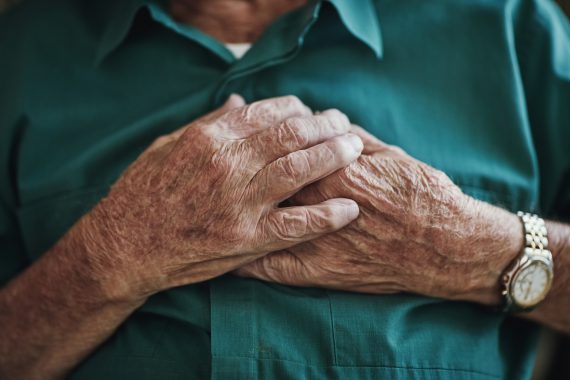Heart attack risk rises sharply on Christmas Eve, finds study

People have a 37% higher risk of having a heart attack at around 10pm on Christmas Eve, according to a new study.
Researchers from Sweden, looked at the links between time factors and heart attack risk, and found that Christmas Eve, New Year’s day midsummer holidays, and Monday mornings held the highest risk, particularly for older and sicker people.
The study, published in the Christmas edition of the BMJ, analysed the exact timing of 283,014 heart attacks reported to the Swedish coronary care unit registry over a 16-year period from 1998 to 2013.
The reserachers set the two weeks before and after a holiday and the same period the year before and after a sport event, as control periods.
Analysis of the data showed that Christmas and Midsummer holidays were associated with a higher risk of heart attack (15% and 12% respectively) compared with the control period.
Early mornings (8am) and Mondays were also associated with a higher risk, while surprisingly New Years day had a 20% higher risk, where as New Years’ Eve had no associated risk.
However, the day with the highest risk was Christmas Eve, with a 37% increased risk of heart attack, peaking at around 10pm. In Sweden, Christmas Eve is the main day of celebration equivalent to Christmas Day in the UK and therefore the time when heightened emotions will most likely reach their peak, the researchers explained.
Most at risk were people aged over 75 and those with existing diabetes and heart disease.
The research team also noted no increased risk during sports events or the Easter period.
The authors concluded: ‘In this nationwide real world study covering 16 years of hospital admissions for myocardial infarction with symptom onset documented to the nearest minute, Christmas and Midsummer holidays were associated with a higher risk of myocardial infarction.
‘Consistently, we observed a higher risk in older and sicker patients, suggesting a role of external triggers in vulnerable patients.’
Visit Pulse Reference for details on 140 symptoms, including easily searchable symptoms and categories, offering you a free platform to check symptoms and receive potential diagnoses during consultations.









